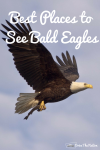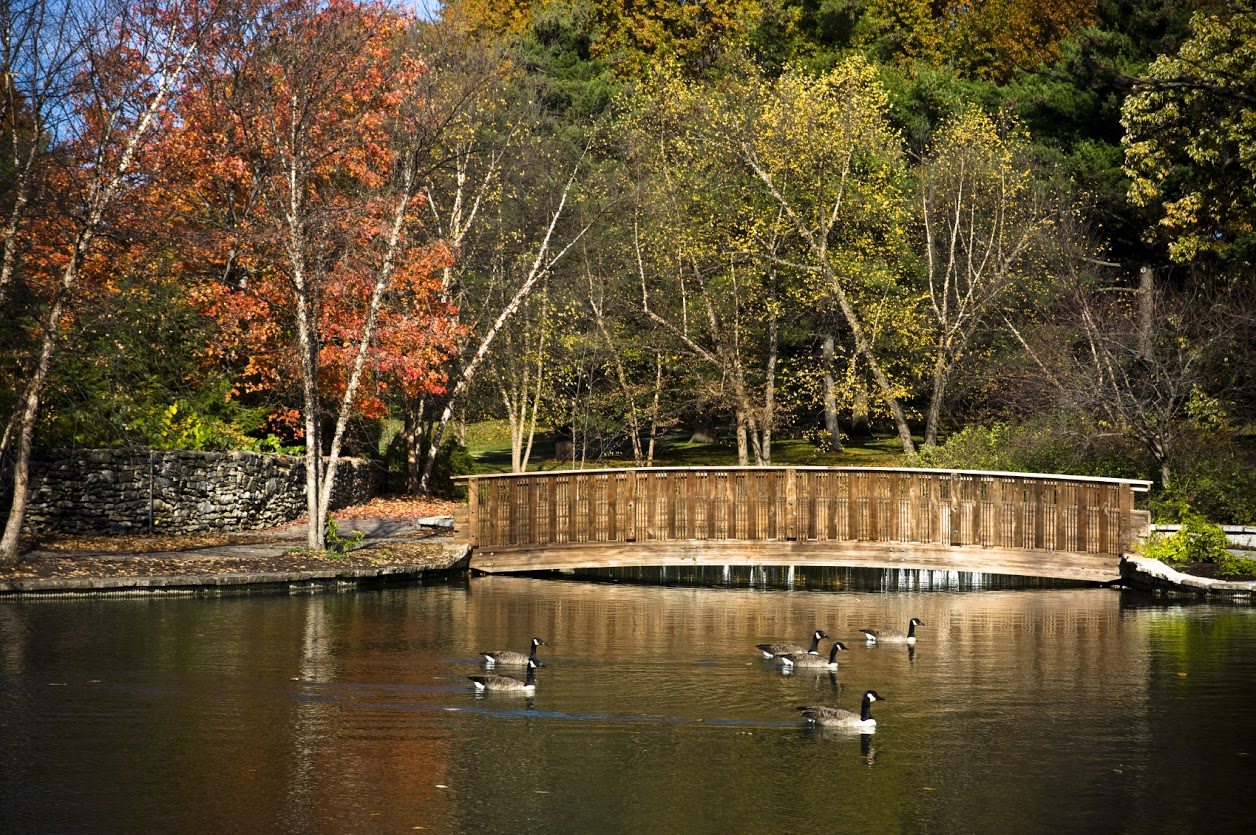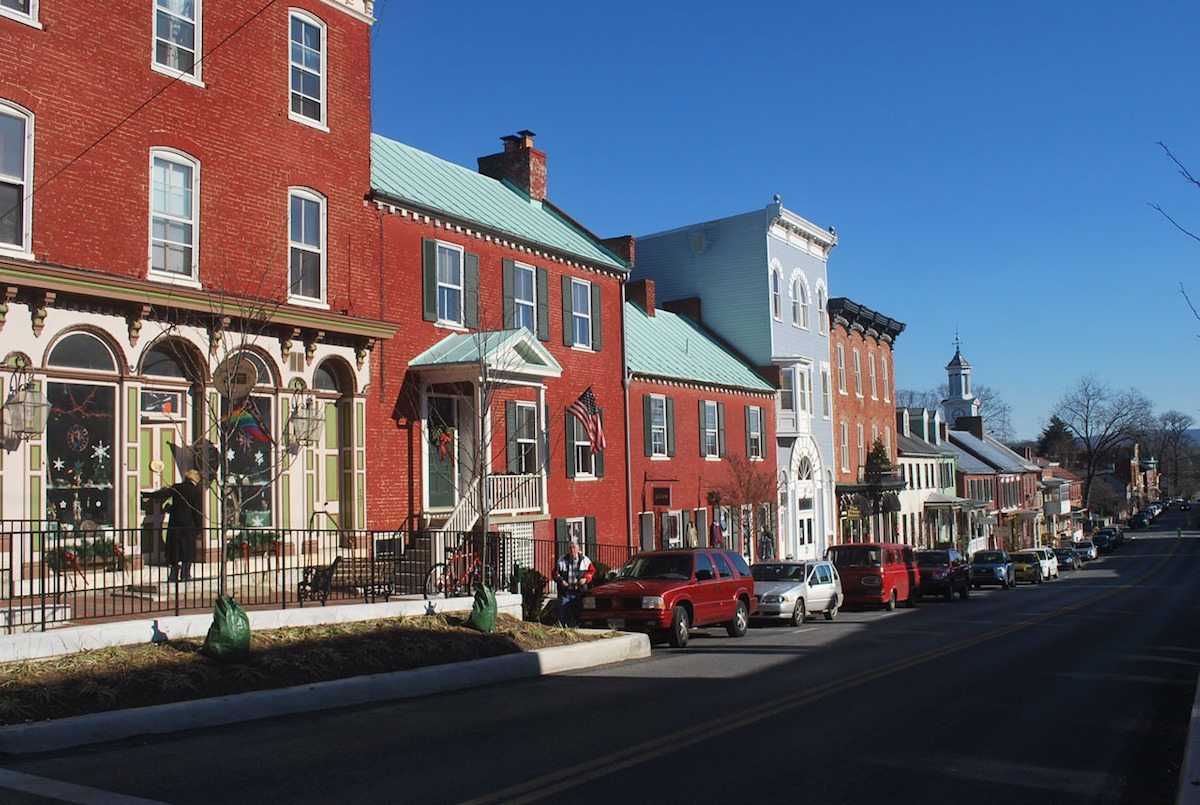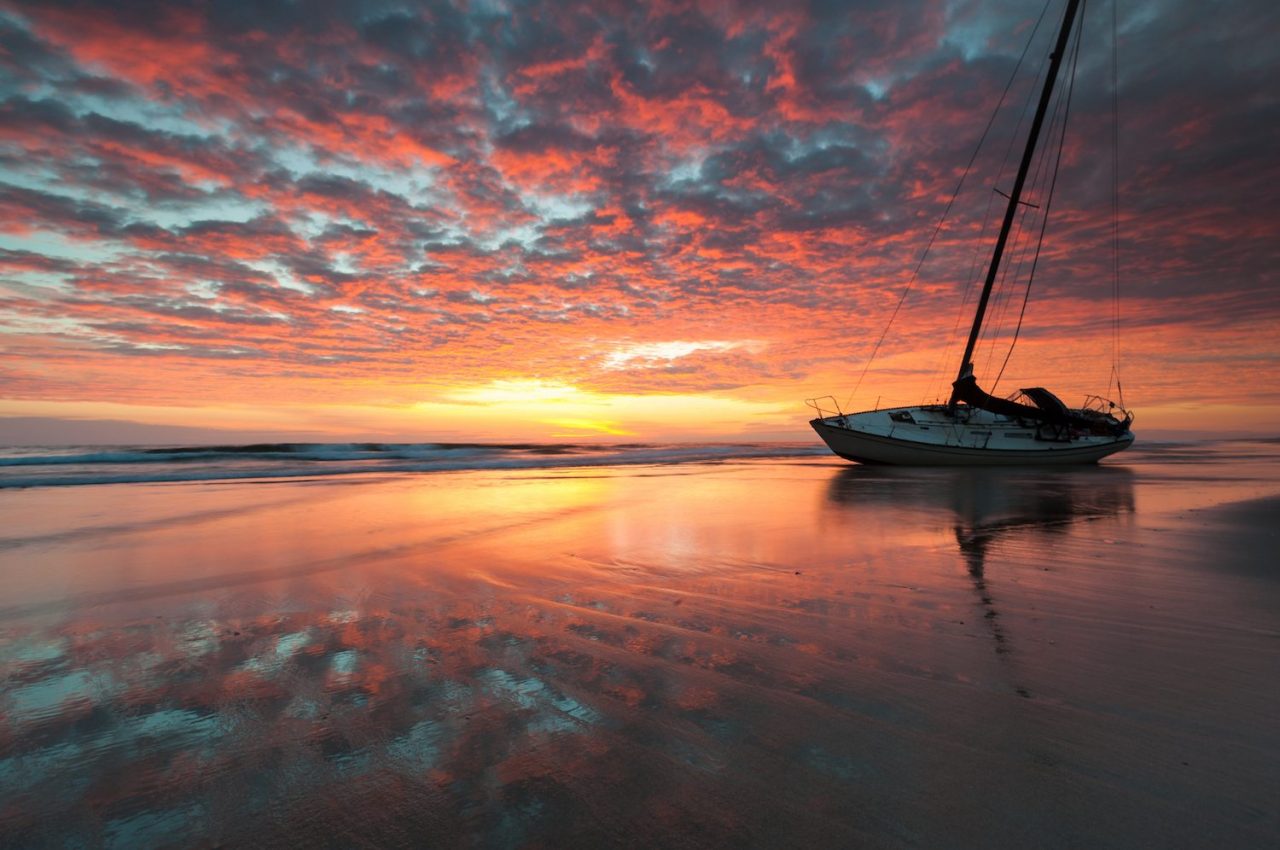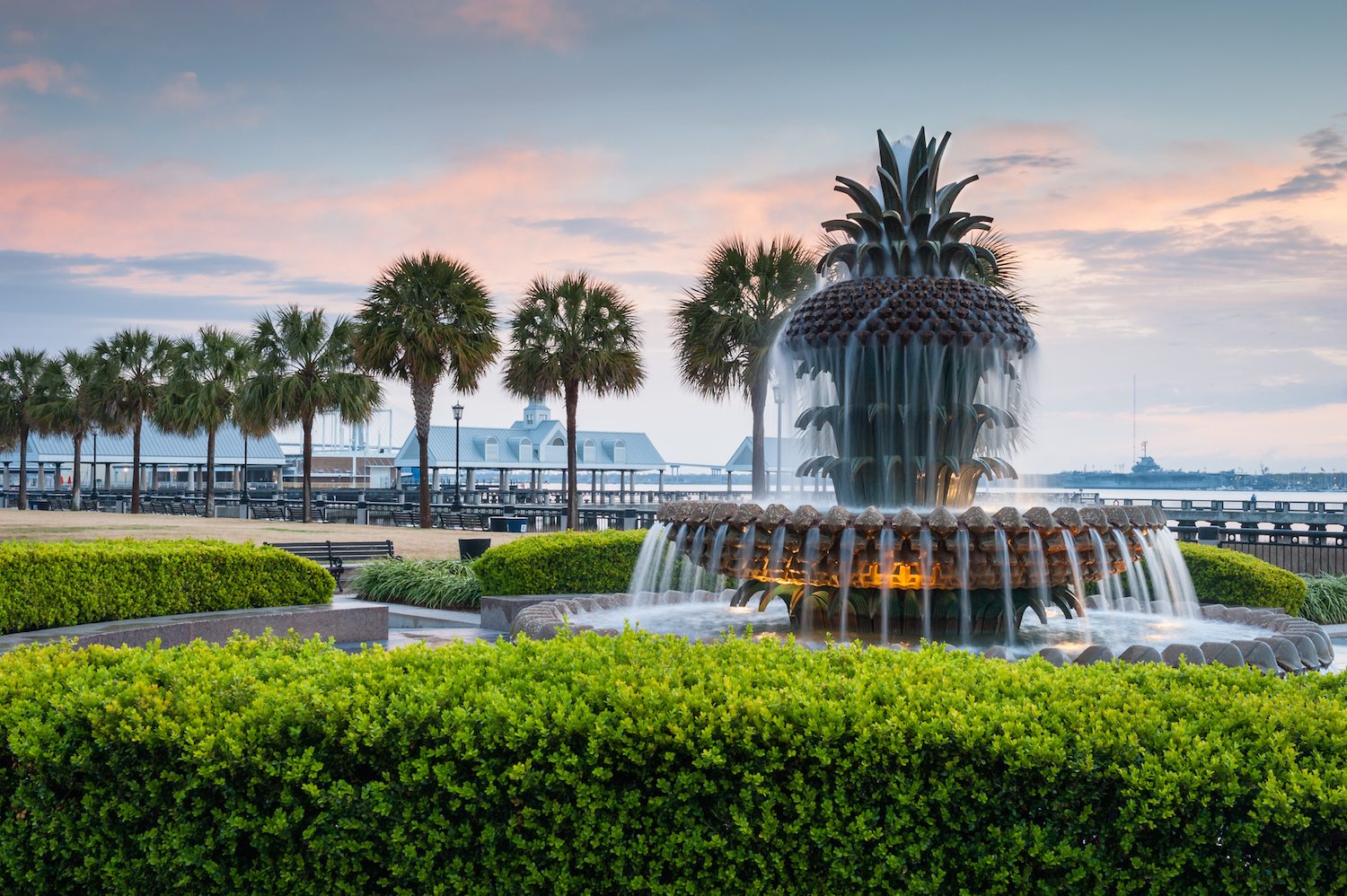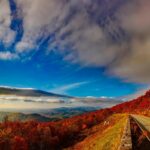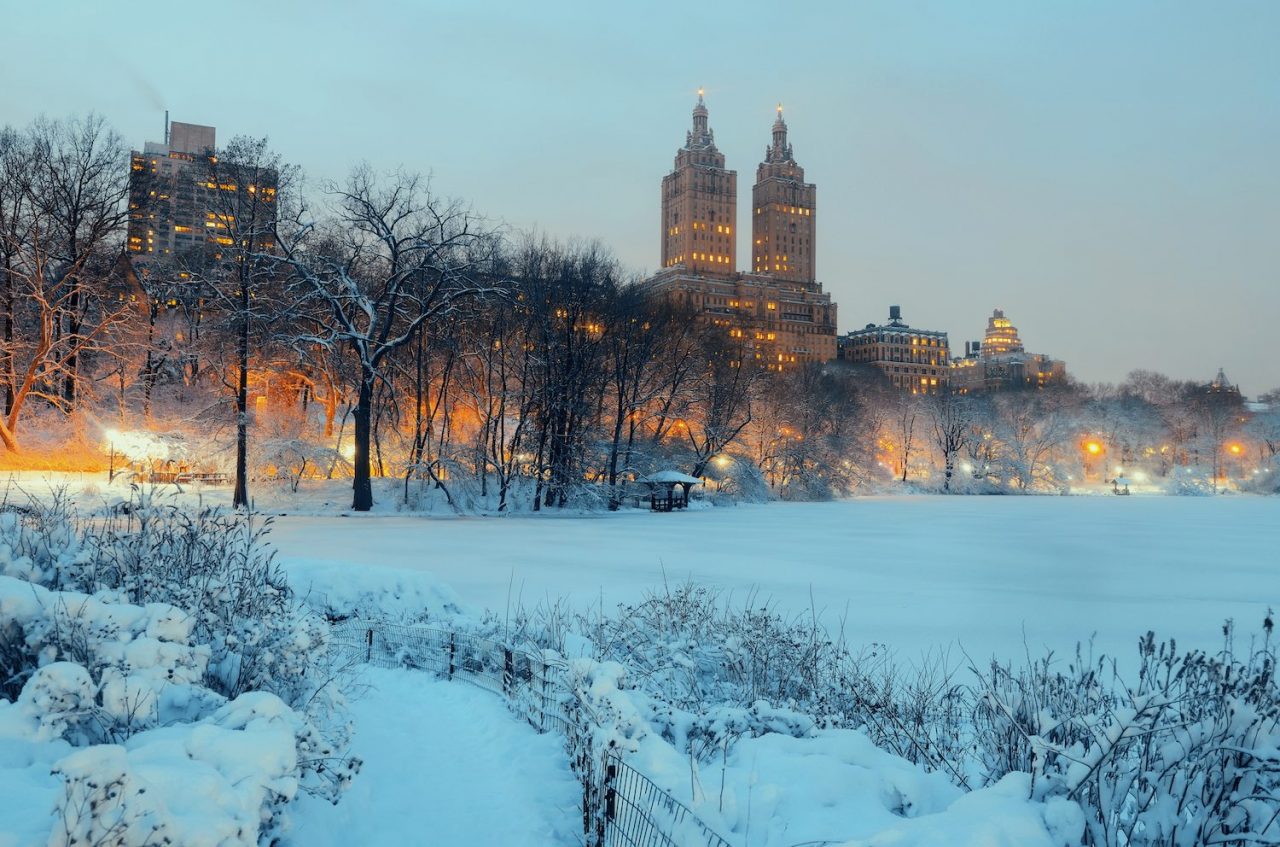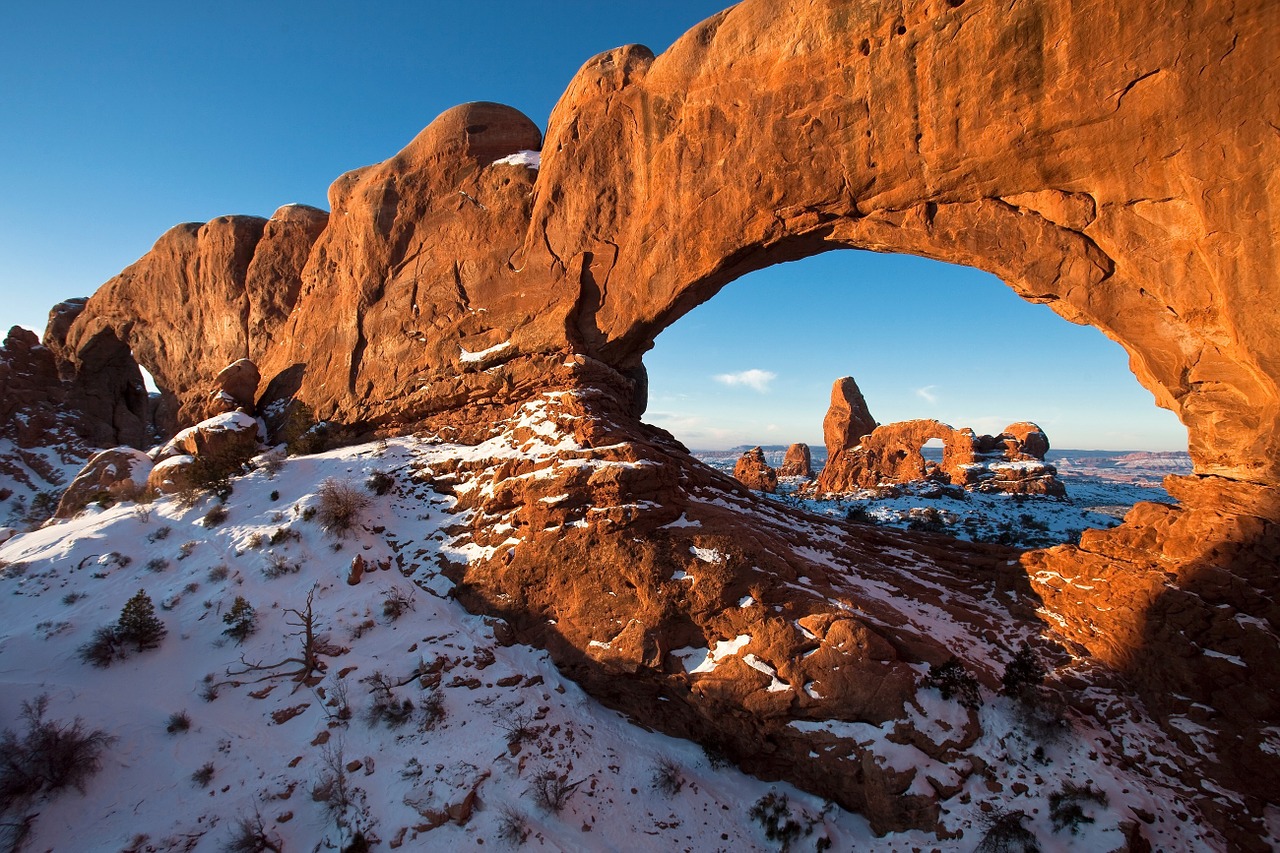Find Bald Eagles Across the U.S.
Our national bird is somewhat elusive, so when a location is known to be a habitat where these impressive creatures can be easily observed, the location takes on a following all its own. Once endangered, bald eagles have made a wonderful recovery. According to the Smithsonian Institution, there are now more than 9,700 nesting pairs of bald eagles in the lower 48 states. Twenty-three of the 48 contiguous states now have at least 100 breeding pairs of bald eagles. Bald eagles can be seen in every state except Hawaii. We suggest the following locations, as good starting points, and then add to them as you are able.
Before we share where to go, here are a few tips for the best way to see bald eagles:
- Use your car as a blind. The eagles are not as nervous about cars than they are about the people who get out of them.
- Best viewing time may be in the morning, when the eagles are most likely to be hunting their food.
- Keep your distance, quietly observe, and do your best to not disturb them.
The National Eagle Center, Wabasha, Minnesota
This is a world-class interpretive center located on the banks of the Mississippi River. Wabasha and the surrounding riverfront areas offer great viewing spots for wintering bald eagles. There are good lookout points at three pullouts between Camp Lacupolis and Read’s Landing. Read’s Landing itself is another lookout where you will probably have some luck watching the eagles. Another good spot is along Lawrence Boulevard in Wabasha. Viewing here is best November through March. The state of Minnesota claims the largest population of bald eagles, with an estimated 1,312 pairs, surpassing Florida’s most recent count of 1,166 pairs.
Greenwood Cemetery, Orlando, Florida
Because bald eagles enjoy being somewhat removed from busy human activity, it may not come as a surprise that a nesting pair of bald eagles have made one of the big trees at historic Greenwood Cemetery their home. Don Price, who runs the cemetery will fill you in on where to see them at a respectful distance, if you stop in the cemetery’s office. Be sure to ask Don about some of the other highlights of this wonderful cemetery, from the separate sections for the Union and Confederate dead, to the last resting place of one of the first women architects in the USA.
Also, great Florida viewing of bald eagles can be had at the Kennedy Space Center and the Canaveral National Seashore.
Chain of Rocks Bridge, near St. Louis, Missouri
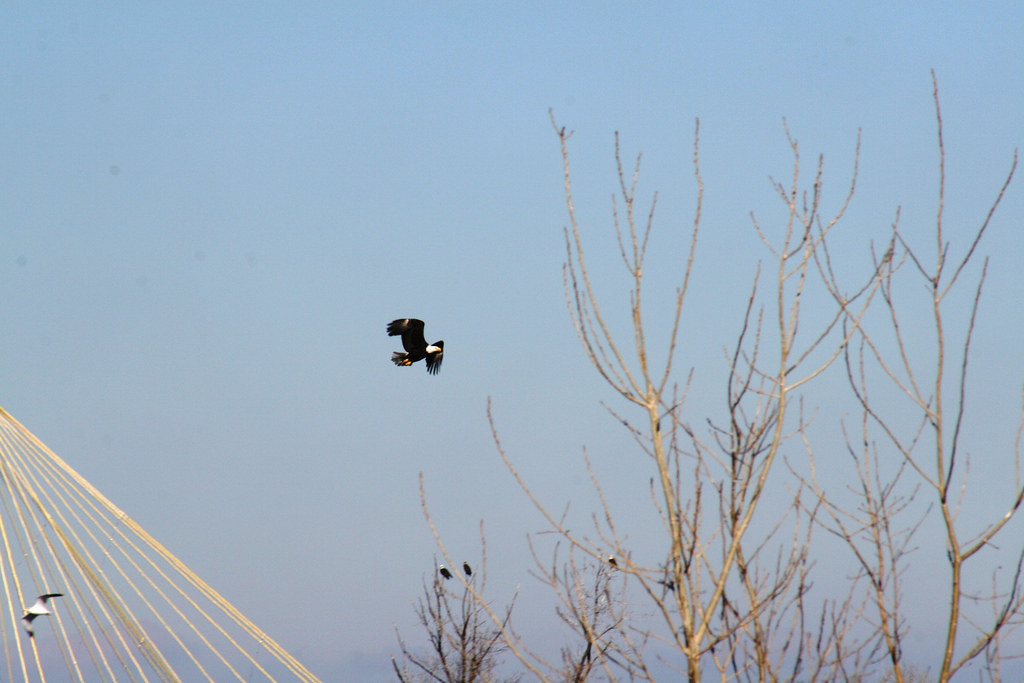
From late December to early March, you can see the nation’s second (or third, depending on who is counting) largest population of bald eagles at the Chain of Rocks Bridge at Alton and Grafton, Illinois. Every year, literally thousands of eagles migrate to the area to fish in the cold waters of the Mighty Mississippi and the Illinois Rivers. The St Louis Audubon Society offers interpretive programs and provides viewing scopes.
Lake Pepin and Alma, Wisconsin
The stretch between the town of Pepin down to the lock and dam at Alma offer good bald eagle viewing. Lake Pepin, is a widening of the Mississippi River. This open water attracts bald eagles in wintery weather. The eagles like to gather from spring till fall at the Pepin boat landing. You may also see them in the city of Alma at the lock and dam platform. If you go to the Buena Vista City Park above Alma, you may see the eagles soaring, as you take in a gorgeous view of the Mississippi River Valley.
The Skagit River Bald Eagle Interpretive Center, Rockport, Washington
Located in the Howard Miller Steelhead Park, the Interpretive Center leads guided walks to eagle watching sites. The guides at the Center report that the eagles feed along the river in the early morning. On cloudy, rainy days, in late morning and early afternoon, the eagles roost along the river. And on sunny days, they soar over the valley, a beautiful sight to behold, but not easy to photograph, as you are usually looking into the sun. The Center is open 10:00 am to 4:00 pm on Fridays, Saturdays, and Sundays, with guided walks to eagle watching sites.
Klamath National Forest and Wildlife Refuge, Chiloquin, Oregon
Rangers report that over a thousand eagles arrive from Canada and Alaska, to winter at the Klamath Basin. They come in search of their food supply: geese, ducks, and other birds. Because larger bodies of water remain unfrozen, such as Upper Klamath Lake, the eagles find it to be a bountiful hunting ground. There are many driving routes through the basin. The Klamath Refuge Headquarters offers complimentary maps and brochures that help you find your way.
Discover the James Bald Eagle Tours, Richmond, Virginia
In an eight-person pontoon boat, Captain Mike Ostrander takes you to the places he loves along the James River, where he will show you herons, osprey, great horned owls, and yes, bald eagles. It is a two-hour trip departing from Deep Bottom Park. Watch as the bald eagles swoop down and fish. It is a voyage of discovery that you will long remember.
Hawk Mountain Sanctuary, Kempton, Pennsylvania
August through September are the best times to see migrating bald eagles at the Hawk Mountain Sanctuary, with the peak times being in September. The record number of eagles seen at Hawk Mountain to date was in 2003, when 216 were counted.
Santee National Wildlife Refuge, Santee, South Carolina
Just a few miles north of the intersection of I-26 and I-95 on the shore of Lake Marion. The Santee area is one of the best places to see birds. The refuge comprises fifteen thousand acres of mixed aquatic habitats, fields, and woods. Ducks and Canada geese winter here, and that attracts the bald eagles. At most times of the year, you will probably see them as they soar over the waters of Lake Marion.
Alaska Chilkat Eagle Preserve, near Haines, Alaska

The Preserve was established in 1982, to protect and perpetuate the world’s largest concentration of bald eagles and their habitat, especially, the natural salmon runs. The Park covers more than forty-nine thousand acres along the Chilkat, Klenini and Tsirku Rivers.
The Preserve is home to the world’s largest concentration of bald eagles, as many as four hundred live there year-round, and more than four thousand have been seen during the annual Fall Congregation. The Haines Highway is a good observation location. This year, the twenty second annual Alaska Bald Eagle Festival will take place November 14-20th, 2016.
Have any suggested locations to add? Let us know in the comments where you go to see bald eagles!


